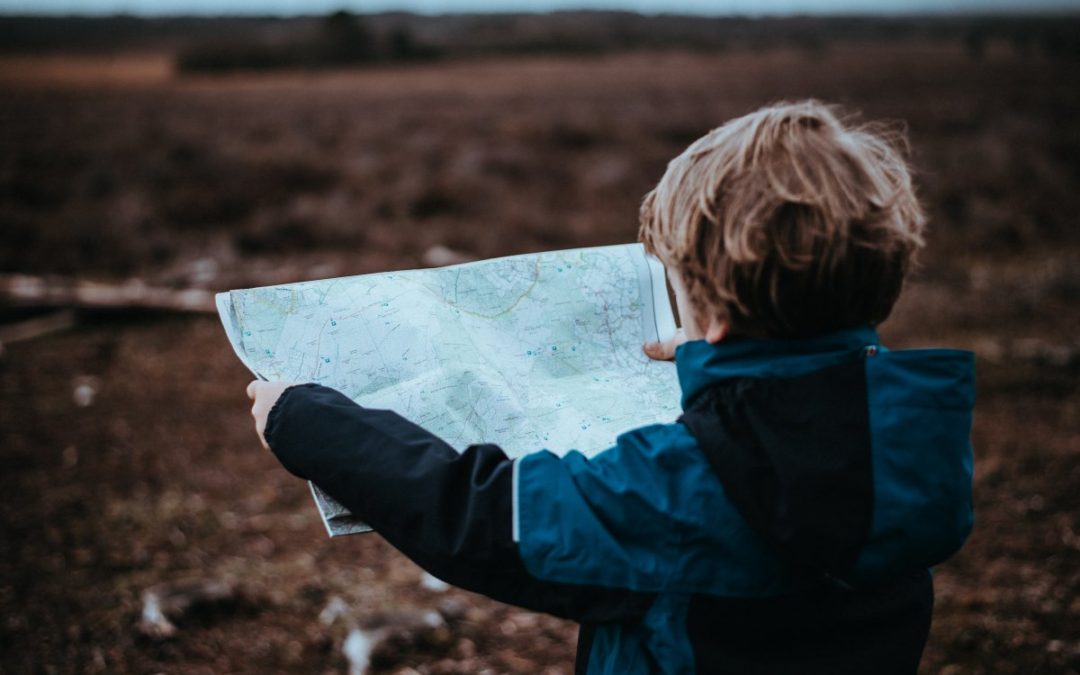The best way to understand the function of visuals is to think of them simply as words put into pictures.
Contingency maps are visuals that show the outcomes of two different behaviour paths. One route shows the outcome of a child engaging in an expected behaviour, and the other shows what happens if they choose an unexpected behaviour. Contingency maps show two routes, each leading to a different outcome or consequence.
Imagine a child who loves to play on their tablet, but is not so thrilled at the idea of leaving it when called to the dinner table. At school we refer to this type of change in plan or activity, as a transition. A transition is moving from one activity to another. Some transitions are big, like going from the house to the car, or from home to school. Some are smaller transitions, such as tidying up, or coming to the dinner table. Smaller transitions can often be just as challenging as larger ones.
Contingency mapping can be used to support transitions. In this situation the contingency map would address the issue of not wanting to leave play to come to the dinner table. For this child, we think about their desire to continue playing and we use that to motivate the expected behaviour.
- Expected or preferred behaviour: Tablet is turned off and child come to dinner table.
- Consequence for the expected or preferred behaviour: 15 more minutes on the tablet after dinner.
- Unexpected or non-preferred behaviour: Child refuses to turn off the tablet and come to dinner table.
- Consequence for the unexpected or non-preferred behaviour: The tablet is not available after dinner.
Presenting a contingency map is clear and easy to understand for children, as long as it is paired with follow-through. Follow-through is the key to all behaviour strategies, including contingency mapping. This means that if the consequence for not coming to the table for dinner is that there will be no more tablet time that evening, then there NEEDS to be no more tablet time. The goal is for children to learn that their actions have consequences, both positive and negative. Once a child understands the outcomes of either behaviour route, the contingency map will need to be referred to less and less, and eventually not at all.
Thinking or planning ahead to what may happen as a consequence of our actions is not a skill that comes easily to children, especially those with exceptionalities. What may seem like a natural or obvious consequence to us isn’t always as clear to our children. Having a visual representation is oftentimes the key to understanding.

Tips for contingency mapping at home;
- Always start with the expected behaviour. Ask yourself, “What do I want my child to do?”
- Try to use natural consequences as often as possible and make sure that whatever that consequence is, you are prepared to follow through on it.
- Teach your child how to “read” the contingency map. Use it to show them what will happen if they choose either route. If they are able to, ask them to explain it to you too.
- Put the contingency map somewhere where it is easily accessed so that you can look at it together multiple times throughout the day.
- Practice makes progress. Show your child each route on the map and then act out what happens for each choice.

Being a parent is hard. Our goal at socialskilled is to make it a little easier and we hope this blog has helped in some small way. We are so happy that you stopped by and would love to hear from you. Send us your questions or suggestions through our website or socials. We are in this together.
Photo by Annie Spratt on Unsplash


Recent Comments